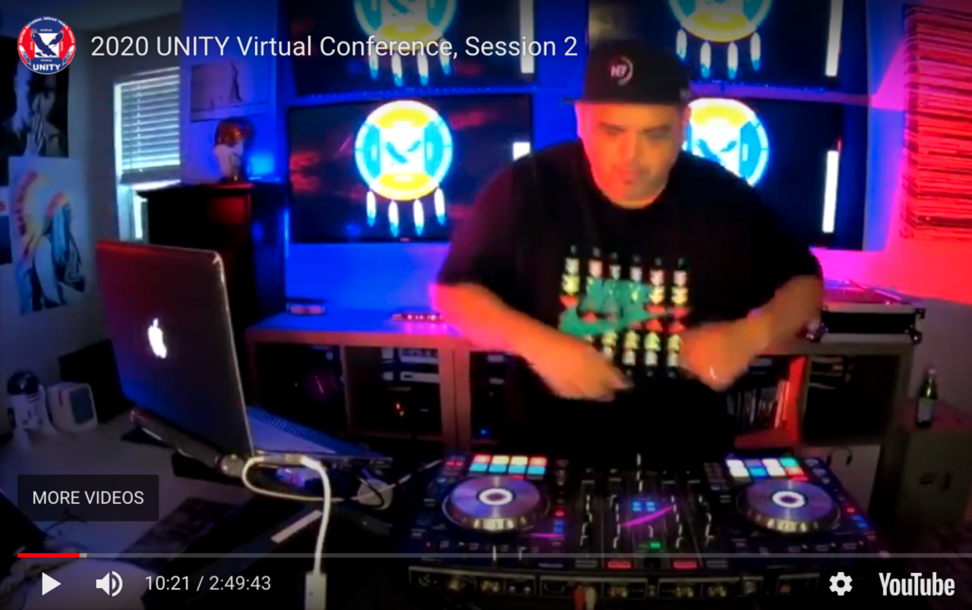We’ve all likely gotten that message in our inboxes: “We’re going virtual!” As organizations first postpone and cancel in-person events, many eventually choose to take their meetings, fundraisers, or conferences online. Organizations – particularly non-profits – often rely on events to raise money and awareness and stay connected to the communities they serve. Which raises the question, once you’ve decided to go online, how do you do it effectively, in a way that engages your intended audience?
When our client, United National Indian Tribal Youth (UNITY), made the difficult decision to move their annual national conference online, we worked with them to develop strategies to make this transition, while retaining the elements of the event that make it meaningful and beneficial to their audience. Ultimately, there were three things to consider: audience, platform, and content.
First, the audience. Where are they located? What’s their age range and comfort level with technology? UNITY’s primary audience is Native American youth between the ages of 14 and 24, located throughout the country. In planning the virtual conference, we had to take into account that we would be working across time zones and the reality that technology access would be a challenge for many attendees. Ultimately, we decided to hold the sessions on weekdays, and we worked to ensure that there were multiple options for accessing the content:
- a call-in phone line;
- making the sessions available on YouTube and;
- giving attendees the option to request a jump drive after the conference.
Next, delivery platform. Thankfully, there has been a proliferation of online meeting options for virtual conferencing – Zoom, GotoWebinar, YouTube, Facebook Live and more. There are many factors to consider when choosing one. UNITY’s case made sure their audience was comfortable with the platform chosen. Since the conference was divided into three general sessions happening on separate dates, we had the opportunity to receive immediate feedback from the participants and make necessary adjustments. We started the conference with GoToWebinar but found that many participants didn’t understand this format. Ultimately, we made the switch to YouTube.
Lastly, content is critical when planning any conference or event, but is especially important when going virtual. If it’s a recurring event, what are the things that keep people returning year after year? What do they look forward to experiencing? For UNITY, elements like the UNITY Fire, UNITY Drum, talent and cultural showcases, general sessions, peer-led workshops, keynote presentations, and even live performances by the event DJ, were transitioned to the virtual space.
Video content isn’t always as engaging as live content, so it’s essential to find ways to engage with your audience. We did so by having a live chat so that people could participate during the livestream, creating a hashtag that we monitored to see what people were saying and hosting icebreakers that attendees could participate in over social media. More than 1100 attendees, representing 228 tribal and Indigenous communities from 41 states and Canada participated in UNITY’s Virtual National Conference. Taking a conference or event virtual isn’t necessarily easy, but neither is planning a large-scale in-person event. By rethinking your delivery method with your audience, platform, and content in mind, you can have great results, while maintaining that vital connection with your community and supporters.


